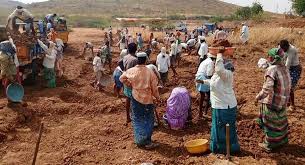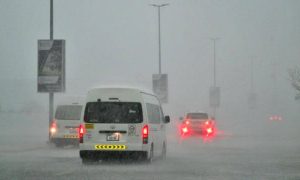The Central government has published a notification for the rural employment guarantee programme for the financial year 2023-24, announcing a hike in the wage rate with Haryana having the highest daily wage at ₹357 per day. While the states like Madhya Pradesh and Chhattisgarh have the lowest wage rate of ₹221.
On March 24, the Union Ministry of Rural Development announced changes to the notification issued under Section 6 (1) Mahatma Gandhi National Rural Employment Guarantee Act (MGNREGA) Scheme’s wage rates. The new wage rates ranging from Rs 7 to Rs 26, will come into effect from April 1, 2023.
Up from Rs 231 in 2022–2023, Rajasthan received a Rs 255 wage rate, the highest percentage of salary growth compared to the prior year’s rates. Compared to the previous year, Bihar and Jharkhand have seen a percentage rise of about eight. In these two regions, MNREGA worker received Rs 210 per day in wages last year, now the price has been changed to Rs 228. With daily earnings at Rs 221, Chhattisgarh and Madhya Pradesh have the lowest percentage growth from the previous year, at 17. The daily wage in these two regions was Rs 204 for the year 2022–2023.
Karnataka, Goa, Meghalaya, and Manipur are among the other states that witnessed wage hikes with the lowest percentage. The ministry stated earlier this month that as of March 9, 2023, 5.97 crore households had access to work through MNREGA.
In order to improve the livelihood security of rural households, the Mahatma Gandhi National Rural Employment Guarantee Scheme offers at least 100 days of guaranteed wage employment in a fiscal year to each household whose adult members volunteer for unskilled manual labour.
During the fiscal year 2022-23, 99.81% of rural households were offered wage employment in response to their desire for work. If an applicant for work under the Scheme is not hired within fifteen days of his application, he is entitled to a daily unemployment allowance. Additionally, there is a provision for an extra 50 days of wage employment in rural areas that have received a drought or natural disaster notification during a fiscal year.




























 WhatsApp us
WhatsApp us